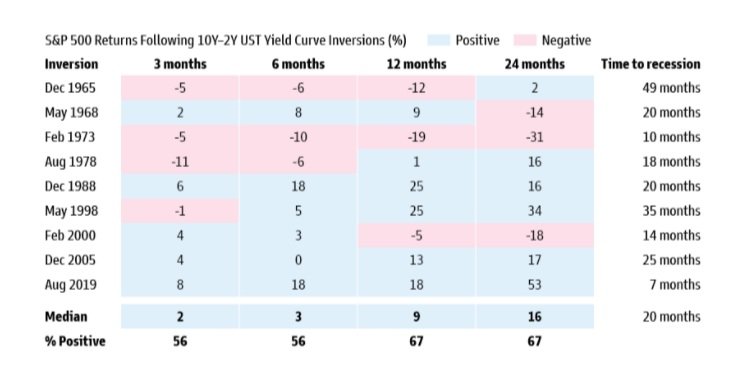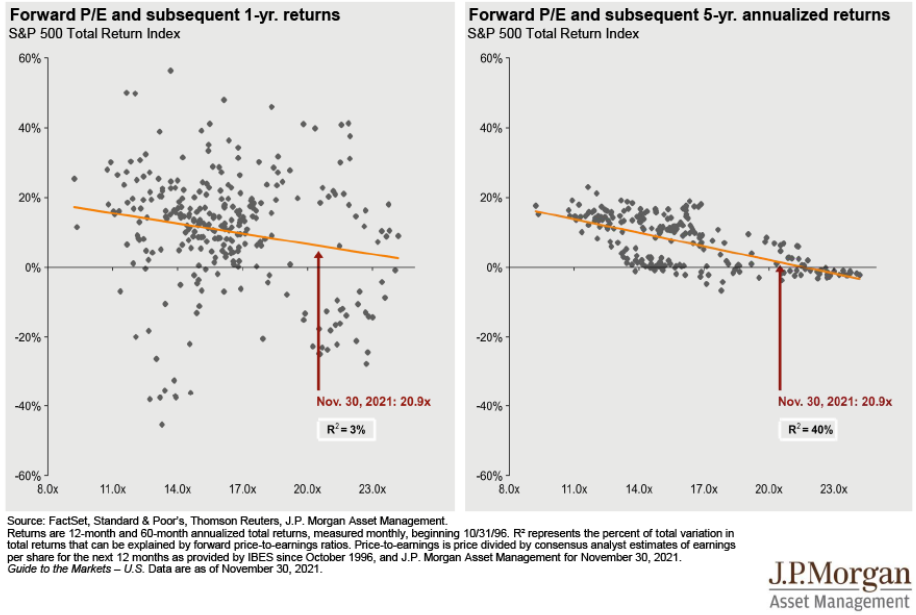![]() Contributed by: Kelsey Arvai, CFP®, MBA
Contributed by: Kelsey Arvai, CFP®, MBA
In May 2022, I wrote a blog about The Basics of Series I Savings Bonds (I-bonds). At the time of my blog, inflation had been steadily increasing, making I-bonds very attractive for a brief period. With inflation starting to slow, it may be time to review this investment. Here are a few factors to consider when considering I-bonds regarding your individual financial circumstances and investment goals.
Interest rates: I-bonds are affected by changes in interest rates. If interest rates rise, the fixed rate on I bonds may become less competitive than other investment options. For example, if you bought an I-bond between May 2022 and October 2022, you would have received six months of interest at 9.62%. For the next six months (November 2022 to April 2023), you received 6.48% of interest. The new rate for your bond beginning in May 2023 is 4.3%.
The minimum holding period for an I bond is one year; however, if you cash in the bond before a five-year holding period, the previous three months of interest is surrendered. As rates have steadily declined, now is the time to consider if it is time to cash in. Ideally, you would hold the bond for three months past the one-year mark to give up the lowest interest rate, especially if you purchased an I-bond between May 2022 and October 2022. For more information, you can visit Treasury Direct on their website.
As mentioned earlier, the current composite rate of an I bond issued from May 2023 through October 2023 is 4.30%. Other short-term and low-risk investment options, such as CDs and Money Markets, are currently yielding higher returns in the 4% and 5% range. Depending on your goals, the I bond may be less attractive.
Inflation: I bonds were designed to provide protection against inflation. If inflation is expected to remain low or decrease, the variable rate of the I bond may be lower, which could make other investments more attractive. With inflation starting to slow, moving into another investment option is something to consider.
Investment goals: If you need access to your money in the near future or if you have other investment goals that require liquidity, I bonds may not be the best option. Conversely, money market funds are highly liquid near-term instruments intended to offer investors high liquidity with low risk.
Diversification: It is generally a good idea to diversify your investments to minimize risk. If you have a large portion of your portfolio invested in I bonds, you may want to consider diversifying into other asset classes.
It is important to consult with a licensed financial advisor before making any investment decisions. Our Team of CERTIFIED FINANCIAL PLANNERS™ are happy to help; reach out to us at 248-948-7900!
Kelsey Arvai, CFP®, MBA is an Associate Financial Planner at Center for Financial Planning, Inc.® She facilitates back office functions for clients.
The information contained in this letter does not purport to be a complete description of the securities, markets, or developments referred to in this material. The information has been obtained from sources considered to be reliable, but we do not guarantee that the foregoing material is accurate or complete. Any opinions are those of Kelsey Arvai, MBA, CFP® and not necessarily those of Raymond James. Expression of opinion are as of this date and are subject to change without notice. There is no guarantee that these statements, opinions or forecasts provided herein will prove to be correct. Investing involves risk and you may incur a profit or loss regardless of strategy selected, including diversification and asset allocation. Individual investor’s results will vary. Past performance does not guarantee future results. Any information is not a complete summary or statement of all available data necessary for making an investment decision and does not constitute a recommendation.






























